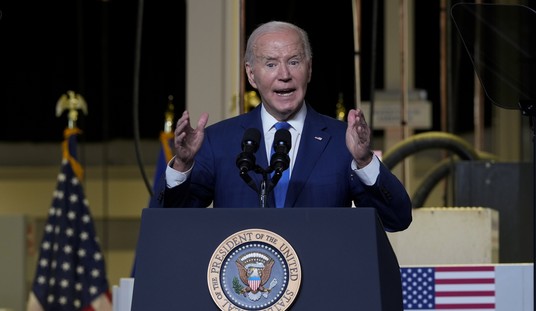STEUBENVILLE – This Ohio River town once was an outpost of the Wild West, guarding surveyors who mapped the land beyond.
Fort Steuben was named for Baron Von Steuben, the military genius who guided General George Washington during the American Revolution. When it was no longer needed, homesteads sprouted around it, attracting Revolutionary War veterans, Quakers and adventurers.
The West’s boundaries moved on. Yet the determination of Steubenville’s melting-pot people remained.
“This is America, it is symbolic of all that we are – the people, the hardships we endure, the values we hold true,” says Rita Lee, 57, a lifelong resident and mother of nine. “And like most of America outside of Washington, we want a better future for ourselves but we do not rely on the government to provide it.”
Welcome to one of Ohio’s eastern gateways, a center of the American political experience, 25 minutes from Pittsburgh, one minute from Weirton, W.Va. – and a lifetime away from Washington.
The town’s east entrance is spectacular in a post-industrial sort of way: Remains of the formerly mammoth Weirton Steel plant stand in the distance; smokestacks and rail yards, mostly unused for a generation, litter the foreground – along with an imposing suspension bridge that seems wildly out of place along the edge of Appalachia.
It took 30 years, tons of bureaucracy, even more pork and, finally, the late U.S. Sen. Robert Byrd, D-W.Va., to build the inverted-Y-shaped concrete-and-steel structure. It was started in the 1960s but, by the time it was completed in the ’90s, the region that once thrived on coal, steel and timber had died.
With the death of industry went people; more folks left the Steubenville-Weirton region between 1980 and 2000 than any other urban area.
Ohio is at center-stage of this week’s Republican primary process. (It apparently is always center-stage for President Obama; he has visited the state 18 times since taking office, and Vice President Joe Biden has visited half as often.)
Recommended
True to her bellwether status, Ohio supported Obama in 2008, the tenth election in which Ohio was a measure of the country’s political direction.
This year, where Ohio is headed seems unclear.
Ohio voters in 2010 were angry at the president and at Democrats, and they showed it in voting booths: Republicans swept every statewide office, defeating a sitting governor and four other incumbent executives, adding 13 seats in the Ohio House and two in the Ohio Senate.
On the federal level, Ohio Republicans defeated five incumbent Democrats, winning 13 of 18 U.S. House seats and helping to make Ohio’s John Boehner the next House Speaker.
Republicans also retained a U.S. Senate seat by electing Rob Portman, and they scored a 77 percent success rate in down-ballot county races.
That reflects a lot of voter anger.
Even so, Christopher Kelley, a political science professor at Miami University of Ohio, doesn’t think Obama “has the problem in Ohio that some people think, at least not right now.”
“If the economy continues to improve and unemployment continues to fall,” he said, “I think Obama has the edge.”
For as long as people in Steubenville can remember, jobs have dominated local concerns; unemployment here peaked at 15 percent in 2010. For years, the town has billed itself as a “ ’Burb of the ’Burgh” – a suburb of Pittsburgh – for economic development.
Yet the promise of two large shale-gas fields, Utica and Marcellus, is underground – and that is about to change everything.
Steve McCloskey works in Pittsburgh, lives in West Virginia, and spends a lot of time in Steubenville, where he grew up. Dressed in full Steelers gear, he brought his mother to hear Pennsylvania’s former U.S. senator, Rick Santorum, speak here late last month.
“I’m not sure who I am voting for,” he said, “but I do know I am not voting for Obama.”
Voters here and in other parts of Ohio bear a striking resemblance to Western Pennsylvania voters – rural, blue-collar, economically disaffected and pretty disgusted with the existing power structure, according to Alison Dagnes, a political scientist at Shippensburg University.
Dagnes can’t predict how November’s election will go but is confident Ohio will be of paramount importance.
“The evidence,” she says, “is in the frequency of Obama's visits.”

























Join the conversation as a VIP Member